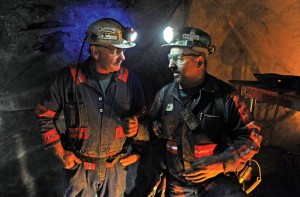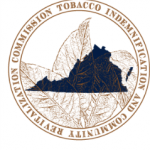By James A. Bacon
The recurrence of tidal/surge flooding in Hampton Roads has increased from 1.7 days of “nuisance” flooding yearly in 1960 to 7.3 days in 2o14, and with continued land subsidence and sea-level rise, the flooding will become even more common. So say the authors of “Building Resiliency in Response to Sea Level Rise and Recurrent Flooding: Comprehensive Planning in Hampton Roads,” published in the January 2016 issue of the Virginia News Letter.
Of all the region’s localities, according to the paper, the City of Portsmouth has moved the fastest to incorporate adaptive strategies into its comprehensive planning. The low-lying city of about 100,000 citizens is extremely vulnerable, with 38% of households lying within AE Flood Zones and approximately 50 miles of roadway located less than 4.5 feet above mean high water.
Last year the city interviewed nearly 2,000 households to ask about the frequency of flooding, flood-related loss, risk perception and mitigation behavior. Nearly half the residents surveyed reported being unable to get in or our of their neighborhoods in the past year due to flooding; more than a quarter reported being unable to get to work. More than 18% report suffering some form of damage to vehicles.
“There is strong perception among residents that future economic opportunities will be curtailed by changing sea levels; this view is even more strongly held by residents who experience difficulty getting in or out of their neighborhoods due to flood in or out of their neighborhoods due to flood,” the authors write. “About 30 percent of residents agree that flooding specifically has negatively impacted the value of their homes.”
The authors are less clear about what can be done. They allude to three broad strategies for dealing with flooding: retreat, protection and accommodation. Retreat might entail restricting development in low-lying areas. Protection might include sea walls, living shorelines, improvement storm water drains, better street drainage or ditch maintenance. Accommodation might mean accepting inconvenience, disruption and property loss as the “new normal.” But the paper provides little guidance as to when and where these strategies might be appropriate or how they might be paid for.
Bacon’s bottom line: The authors note that households can adapt by installing pumps and drains, relocating HVA systems or buying higher-riding automobiles. But, other than relocating their residences to higher land, there doesn’t seem much else that individual households can do to protect themselves. Some kind of collective action is necessary.
Here’s the problem: In some areas, improvements will be too costly. In others, the real estate is of such low value, it’s not worth saving even at modest cost. But if local governments spend money on one neighborhood, every other neighborhood in the political jurisdiction will want their piece of the pie. And why not? Their residents pay taxes, too.
Here’s an idea I throw out for discussion: Create community development authorities that encompass those areas (such as the yellow-red islands shown in map of Portsmouth to the right) that are most prone to flooding. A flood-mitigation plan is developed for each district, with improvements to be paid for with taxes raised from property owners in that district. Then put it to a vote of the residents of the district. Let those closest to the situation weigh the costs (a higher tax) versus the benefits (less property damage, flood-free streets, etc.) and decide for themselves.
The result would be a public-improvement plan more tightly aligned with the local circumstances and less vulnerable to political log-rolling than anything a city-wide effort could pull off and far easier to sell politically.















